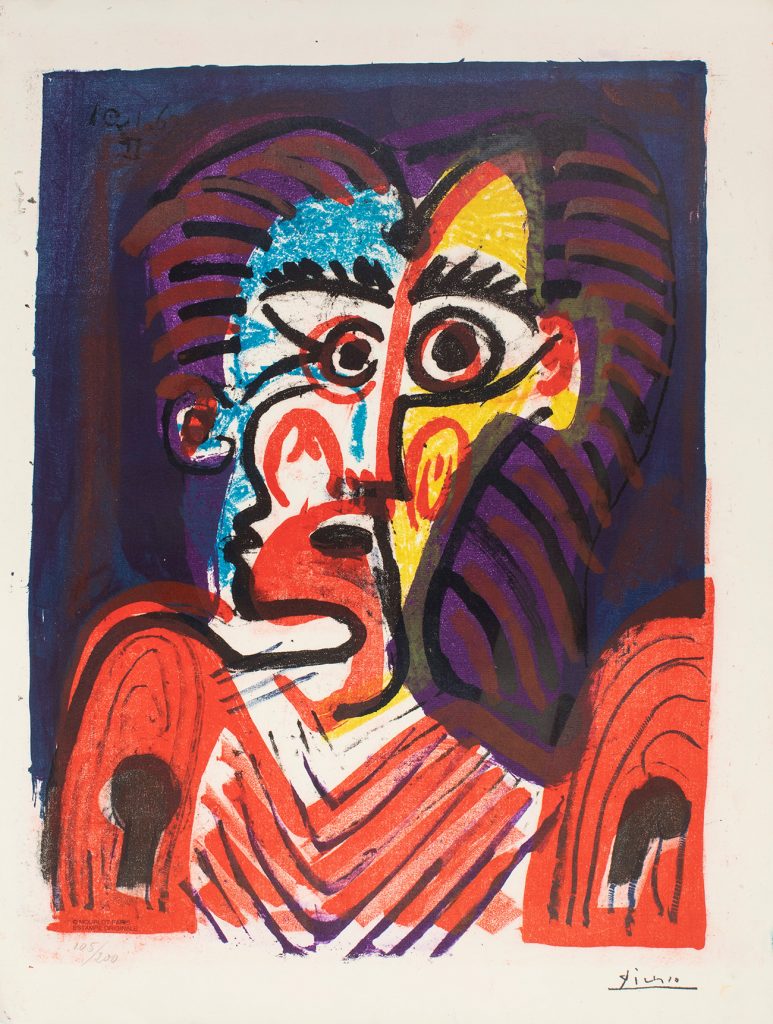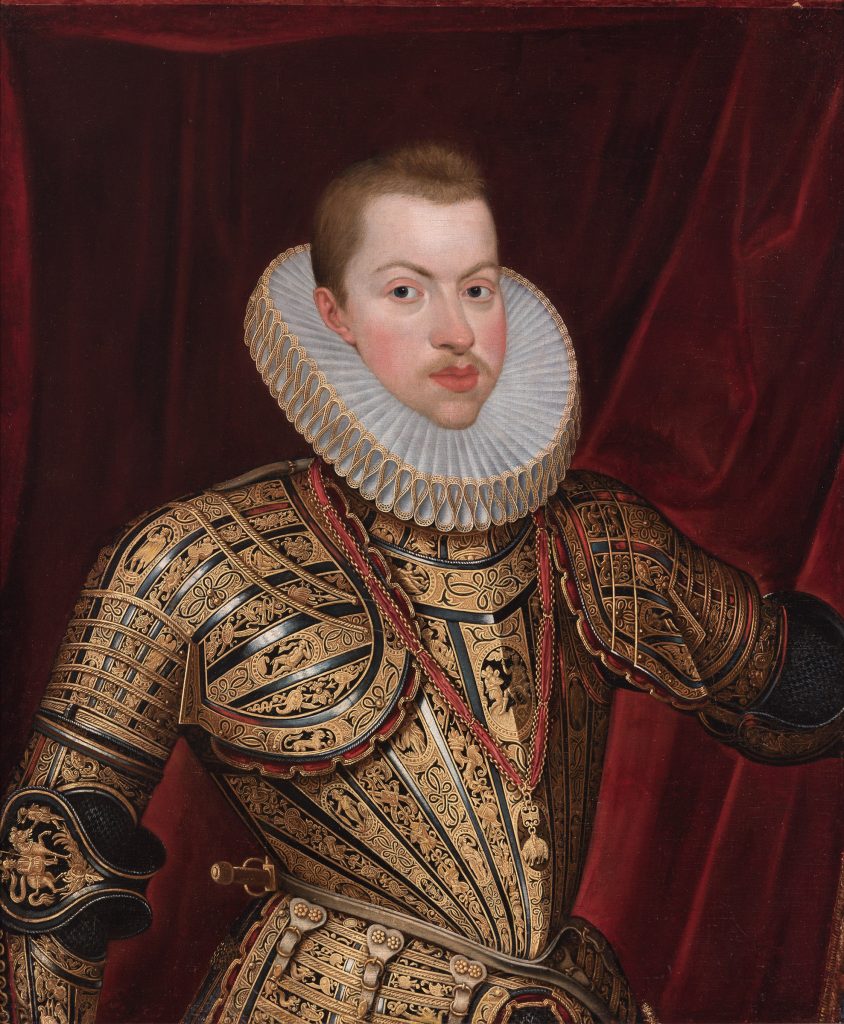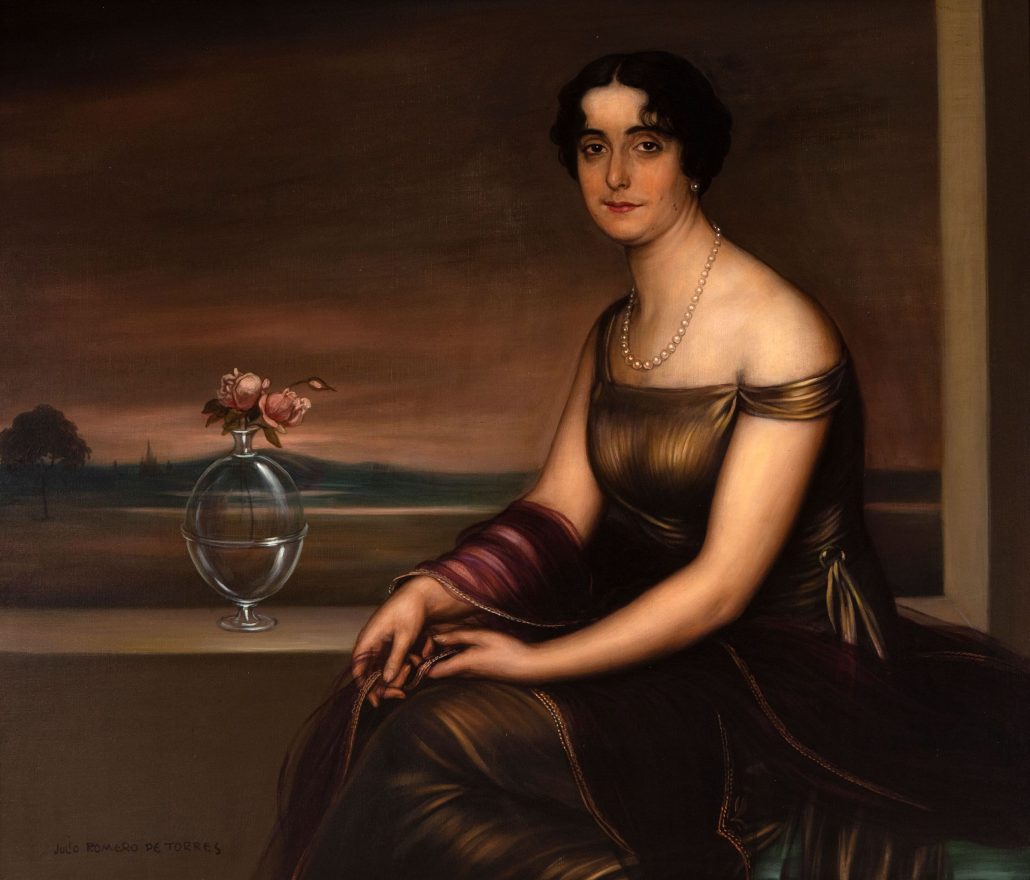The Ante-tempore portrait-photography?
During centuries, portraits have fascinated generations of art lovers, conveying faces that would otherwise have inexorably faded over time.
By definition, the portrait is the representation of the physiognomic features of a person, created through different means of expression such as painting, sculpture, photography and literature. Does this mean that when we look at a portrait, we are seeing the actual effigy of the person’s features? To what extent is a portrait a free interpretation agreed between the subject and the artist of the reality to be portrayed?
In the Middle Ages, portraits were used for official purposes or simply in the hope of gaining divine recognition. To portray a man for other purposes would have been a scandalous individualistic will, strongly condemned by the Christian church; we will have to wait for the first representations commissioned from the artists, portraying their clients (Giotto).
It was during the Renaissance that portraiture, strengthened by the resurgence of classicism and the rise of the middle class, became the most popular and widespread genre among the wealthy classes. However, the portrait remained a symbolic, almost idealized element, to which the present attributes (skins, animals, jewels, weapons, etc.) conferred a deeper double meaning; attention to the fidelity of the features was not the main objective of the painter.
The transmission of the image to posterity became synonymous with greatness, an opportunity for social affirmation within the reach of the new emerging classes, no longer a mere aristocratic legacy. From the first profile portraits (evocative of Roman numismatics), the great masters passed to a less majestic, more intimate representation, although still linked to allegories and celebrations of social status.
Leonardo was the first to instill in his subjects a new attention, not only to the fidelity of the traits, but to the psychological characterization: a clue to the soul of the subjects represented.
In the seventeenth century, massive figures were imposed, occupying almost the entire pictorial surface and appearing in the same plane as the viewer. Soon they give way to the “political portrait”: a three-quarter pose, armor or war attributes, in the representation of a majestic and statuary image of almost timeless characters.

It was not until the 19th century that artists gave greater priority to expressiveness and the inner world than to physical appearance: the dramatic brushstrokes helped to highlight the emotional impulses and intimacy of the subjects; later, with the avant-gardes, decomposition and extremes also affected portraits, presenting us with works with increasingly less naturalistic perspectives.
The portrait is undoubtedly one of the most complex and varied artistic genres in the history of art, a dynamic approach to the context in which it is practiced and with innumerable results, never identical to each other.









